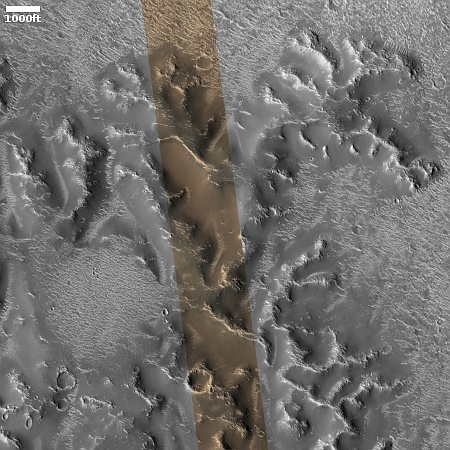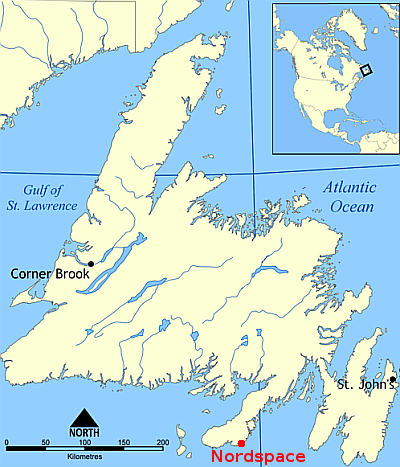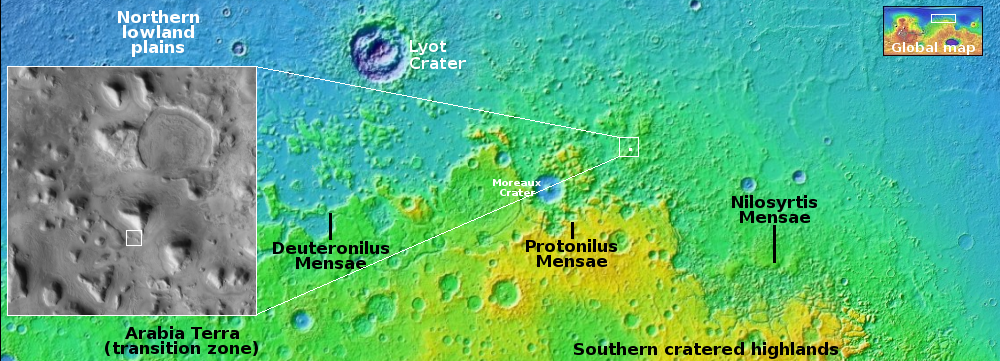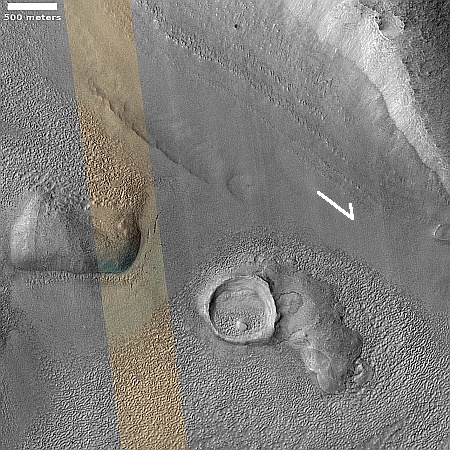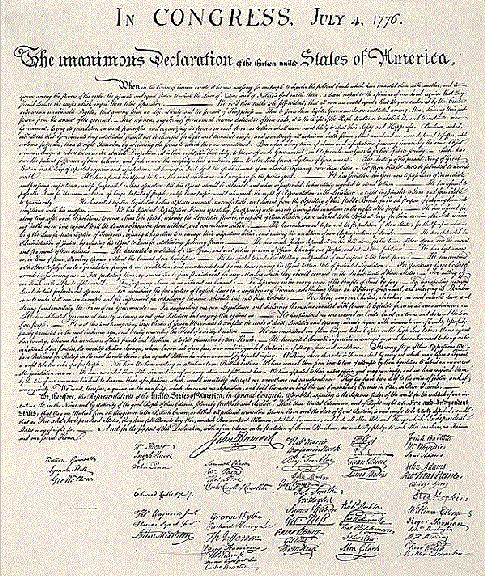SpaceX gets approval to build oxygen plant at Boca Chica
SpaceX today received the okay from Cameron County to build a plant at Boca Chica to produce oxygen from the atmosphere for use in its Superheavy/Starship rocket.
The commissioners voted, 3-1, to give Elon Musk’s rocket company a beachfront construction certificate and dune protection permit, allowing the company to build a modern-day factory akin to an oil refinery to produce gases needed for space flight launches.
The plant will consist of 20 structures on 1.66 acres. The enclosed site will include a tower that will reach 159 feet, or about 15 stories high, much shorter than the nearby launch tower, which stretches 480 feet high. It is set to be built about 280 feet inland from the line of vegetation, which is where the dunes begin. The factory will separate air into nitrogen and oxygen. SpaceX utilizes liquid oxygen as a propellant and liquid nitrogen for testing and operations.
By having the facility on site, SpaceX hopes to make the delivery of those gases more efficient by eliminating the need to have dozens of trucks deliver them from Brownsville. The company says they need more than 200 trucks of liquid nitrogen and oxygen delivered for each launch, a SpaceX engineer told the county during a meeting last week.
As usual, the same cranks who always complain about this stuff are given space by this news outlet to whine, but the truth is that the commission’s vote well reflects the attitude of the local community. It supports what SpaceX is doing, because of the prosperity the company is bringing to this formerly depressed region.
Moreover, this facility will not only save SpaceX money and make it easier to launch more frequently, it is likely environmentally beneficial. I suspect the facility will be relatively clean compared to the truck convoys it will replace.
Hat tip Robert Pratt of Pratt on Texas.
SpaceX today received the okay from Cameron County to build a plant at Boca Chica to produce oxygen from the atmosphere for use in its Superheavy/Starship rocket.
The commissioners voted, 3-1, to give Elon Musk’s rocket company a beachfront construction certificate and dune protection permit, allowing the company to build a modern-day factory akin to an oil refinery to produce gases needed for space flight launches.
The plant will consist of 20 structures on 1.66 acres. The enclosed site will include a tower that will reach 159 feet, or about 15 stories high, much shorter than the nearby launch tower, which stretches 480 feet high. It is set to be built about 280 feet inland from the line of vegetation, which is where the dunes begin. The factory will separate air into nitrogen and oxygen. SpaceX utilizes liquid oxygen as a propellant and liquid nitrogen for testing and operations.
By having the facility on site, SpaceX hopes to make the delivery of those gases more efficient by eliminating the need to have dozens of trucks deliver them from Brownsville. The company says they need more than 200 trucks of liquid nitrogen and oxygen delivered for each launch, a SpaceX engineer told the county during a meeting last week.
As usual, the same cranks who always complain about this stuff are given space by this news outlet to whine, but the truth is that the commission’s vote well reflects the attitude of the local community. It supports what SpaceX is doing, because of the prosperity the company is bringing to this formerly depressed region.
Moreover, this facility will not only save SpaceX money and make it easier to launch more frequently, it is likely environmentally beneficial. I suspect the facility will be relatively clean compared to the truck convoys it will replace.
Hat tip Robert Pratt of Pratt on Texas.


